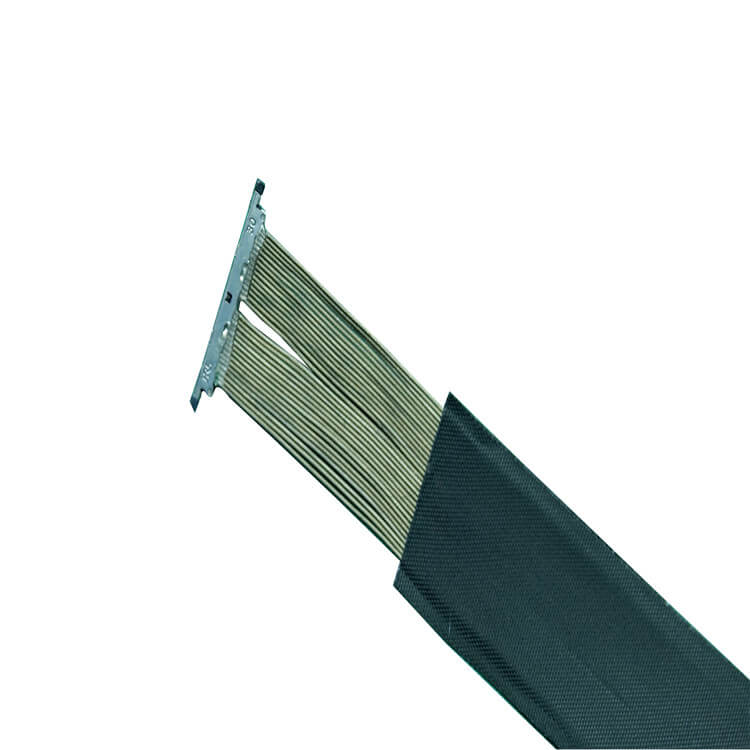Meta Description: Discover the critical phase stability requirements for aerospace micro-coaxial assemblies, including design considerations, testing methods, and industry best practices to ensure reliability in extreme environments.
Aerospace micro-coaxial assemblies are vital components in modern aviation and space systems, enabling high-frequency signal transmission for communication, radar, navigation, and sensor systems. However, their performance in extreme environments—such as rapid temperature fluctuations, mechanical stress, and radiation exposure—depends heavily on phase stability. This article explores the phase stability requirements for aerospace micro-coaxial assemblies, offering actionable insights for engineers, designers, and industry professionals.
Phase stability refers to the ability of a coaxial assembly to maintain consistent signal phase characteristics under varying operational conditions. In aerospace systems, even minor phase shifts can lead to:
For example, a phase shift of just a few degrees in a phased-array antenna could misdirect a satellite’s communication beam. Thus, ensuring phase stability is non-negotiable.

The dielectric materials and conductors used in micro-coaxial assemblies must exhibit minimal thermal expansion and low dielectric loss. Common choices include:
Aerospace systems face temperature extremes (-55°C to +200°C). Phase stability requires:
Vibration and shock in aerospace environments can disrupt coaxial connections. Solutions include:
Electromagnetic interference (EMI) can induce phase noise. Multi-layer shielding with braided and foil layers ensures >90 dB shielding effectiveness.
Tolerances of ±0.01 mm are critical for impedance consistency. Automated laser welding and fusion splicing minimize human error.
To meet aerospace standards like MIL-STD-883 and ESA ECSS, assemblies undergo rigorous testing:
Emerging technologies are pushing phase stability boundaries:
Our factory offers high-quality products at competitive prices
In LVDS (Low Voltage Differential Signaling) display systems, Micro-coaxial Cable (also referred to as Micro Coax Cable) stands out as an optimal solution for high-resolution, high-reliability signal transmission. Designed to meet the str.
OverviewMicro-Coax for HD Video is a cutting-edge coaxial cable engineered to deliver uncompromised high-definition video quality across professional and industrial applications. Designed for reliability, precision, and versatility,.
Feel free to reach out to us for any inquiries or orders.